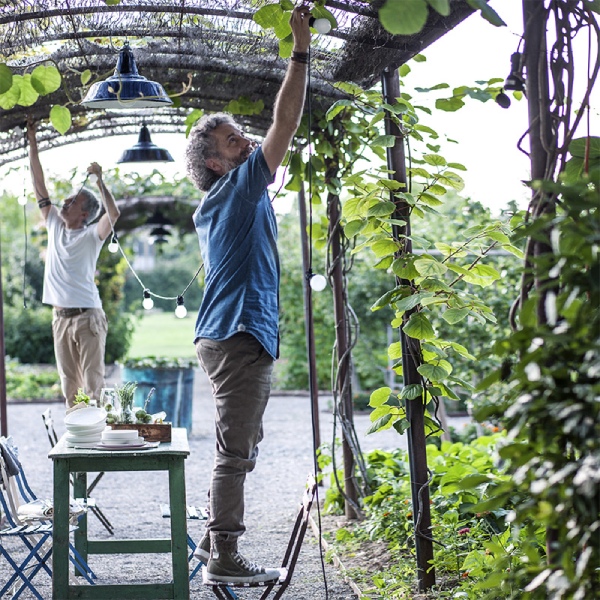Truly Italian – PEOPLE – Editorial Team

Regular people think that at my bedside I have TheOdyssey or TheIliad or the Bible, or Virgil, or Flaccus, or Dante, or Gabriele D'Annunzio’s Alcyone. The book at my bedside is the one where ‘the flower of times and the wisdom of Nations’ come together: Barbanera
This quote is by D’Annunzio himself, and it is one of the many by literates and singers, that we could take to introduce Barbanera, the oldest and most famous Italian almanac and calendar. It was published for the first time in 1762 in Foligno (Umbria region) and it is still printed today in 3 million copies.
A 260-years old story in which the renowned almanac taught Italians a life in harmony with the rhythms of Nature, a precious outlet rich of suggestions, curiosities, remedies.



Generations and generations learnt from its pages the most useful indications and suggestions for a healthy and happy life in respect of the world, the others, the environment, and themselves. An almanac of secrets that are not really secrets…
The publishing of the almanac started thanks to a philosopher, a scientist, a wise man: the hermit astronomer named Barbanera.
From the first issue, its publishing has never been interrupted and its diffusion spread so much to became integral part of history, culture, knowledge and life of Italian people.



It is such an important part of the collective immagination that the UNESCO included it among the “Memory of the World” heritage as a global representative of the literary genre of almanacs.
Today as yesterday, the editorial staff is still based in Umbria, in Spello, directed by Feliciano Campi and Luca Baldini for Editoriale Campi.
The secret of such longevity? The almanac is the result of a teamwork with few equals.
As Luca Baldini recounts: “The almanac is the result of many voices and experiences, tuned to the seasons. There are those who know about astronomy, others about astrology, those who know the name of plants, their needs or the uses suggested by tradition. Those who know how to calculate the azimuth or the epact (the days that separate January 1 from the last new moon of the previous year, indispensable for determining the date of Easter), those who scan the stars and those who know how to embroider words”.
Working collectively, and also thanks to the opportunity to consult a collection of no less than 40,000 documents from the Barbanera 1762 Foundation, the editorial team builds up the cultural profile of the almanac every day, dealing with the themes to which it has been historically associated, that “familiar knowledge ” in which the most diverse notions converge, from agriculture to astrology, herbal medicine to recipes.
The almanac, as Baldini says “is a singer of everyday life, it is the spokesman of time that flows cyclically, and of the gestures necessary to fill it with meaning, according to rites and methods that human civilization has refined over the centuries”.
By the people for the people, we could say; a choral work that finds its ceremonial moment in the coffee ritual.
As Luca himself tells us, “coffee, as good Italians, is for us an indispensable shared ritual, an ingredient of that Italian good living that we tell in the pages of our almanac, to be consumed strictly together: in the morning, while we take stock of the situation, or during the day, for a quicker and more informal break; among us or together with the guests, who feel more at home over a coffee”.
 Truly Italian Roots
Truly Italian Roots